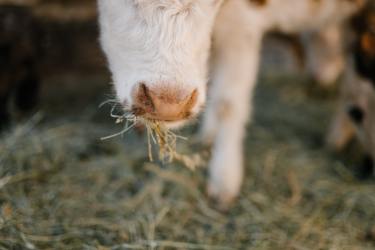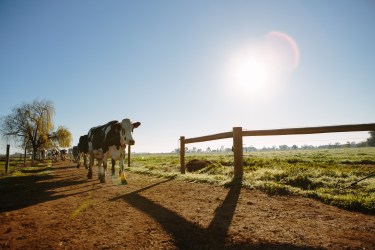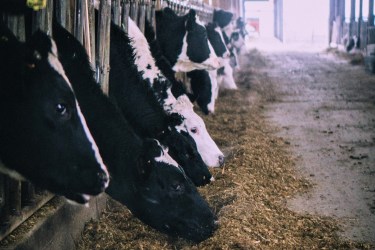By Andrew Hawkins
It is no secret that the impact of rising feed costs is starting to be noticed as the cost of on-farm feeding begins to put pressure on farm margins. With a bullish outlook for global grain markets due to relatively tight supply, attention needs to be turned towards how businesses can offset the impact of feed price volatility and improve their margins.
Forage production and utilisation is a major factor towards driving this, so improving the management of grass should be high on the agenda. Efficient use of forage provides a cheaper way to produce milk and to ensure that the greatest proportion of milk price is available to help rebuild farm finances. A sensible target is that a minimum of 40% of milk yield should be produced from forage, rising to a potential of 60% in spring. To achieve this, it’ll pay to start to now.
So, what should be on your radar going forward and how can you make the most of your forage?
Get soil analysed
Soil fertility will have a huge bearing on how much forage you will be able to produce. Work by BGS shows that efficient producers will grow 12-13tDM/ha per year while a good benchmark is 11 tDM/ha. Soil analysis will show exactly what you need to achieve crop requirements. It will also ensure you make the best use of slurry and don’t overspend on fertiliser.
Get the fertiliser spreader calibrated
It is the only way to make sure fertiliser is getting where it needs to and is a way to ensure efficient fertiliser use, and cost effectiveness.
Check your infrastructure
Are tracks, gateways, fences and water troughs in good condition and ready for the season? As a rule, water should be within 250 metres.
Plan your grazing rotation
Make sure you know the area you will graze, and the order paddocks will be grazed. Keep the grazing pressure up in the early stages to maintain grazing quality throughout the season – this means going in at the 3-leaf stage when it’s at its most productive.
Plan the silage area
How much first cut will you need? Many farms will be carrying some reasonable silage stocks into the summer – due to late housing and a potential early turnout. What is your position and what does it mean for the first cut? Will it make sense to go earlier to make a higher quality crop this year? Remember the target should be at least 12kgDM conserved forage per cow per day for the winter.
Get out and measure growth
If you want to make the most of grazing, you must invest time in measuring it. It is the only way to know what is ahead of the cows and what will deliver in terms of production, so allowing more accurate supplementation as required. Look to turn milking cows into paddocks with a cover of 2800kgDM/ha and aim to leave the sward with a residual of 1500kgDM/ha. Late lactation cows can be turned out first to stimulate grass growth and, remember, the closing cover is the key to delivering season long production as it encourages vigorous regrowth.
The next couple of months will set the tone for the whole grass growing season. Our advice is to build on all areas outlined above; one action is highly unlikely to create the structure and approach needed to make the most of your forage. By compiling individual aims together to create one solid goal, you’ll be in a good place to offset rising costs and to drive margins.
If you’d like more advice on how to improve the management of your grass, we’re here to help. Contact the Promar farm consultancy team for tailored guidance and information.








